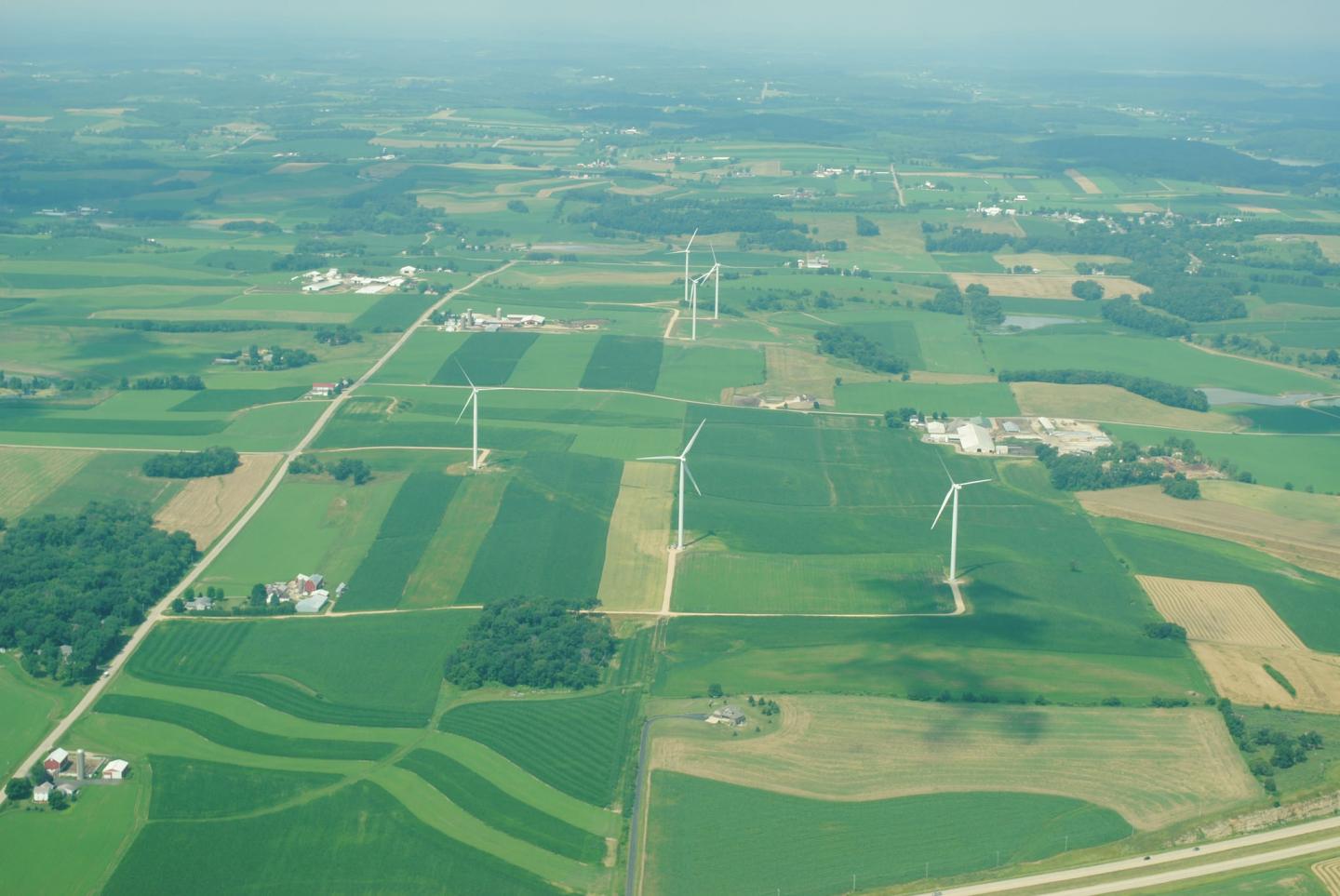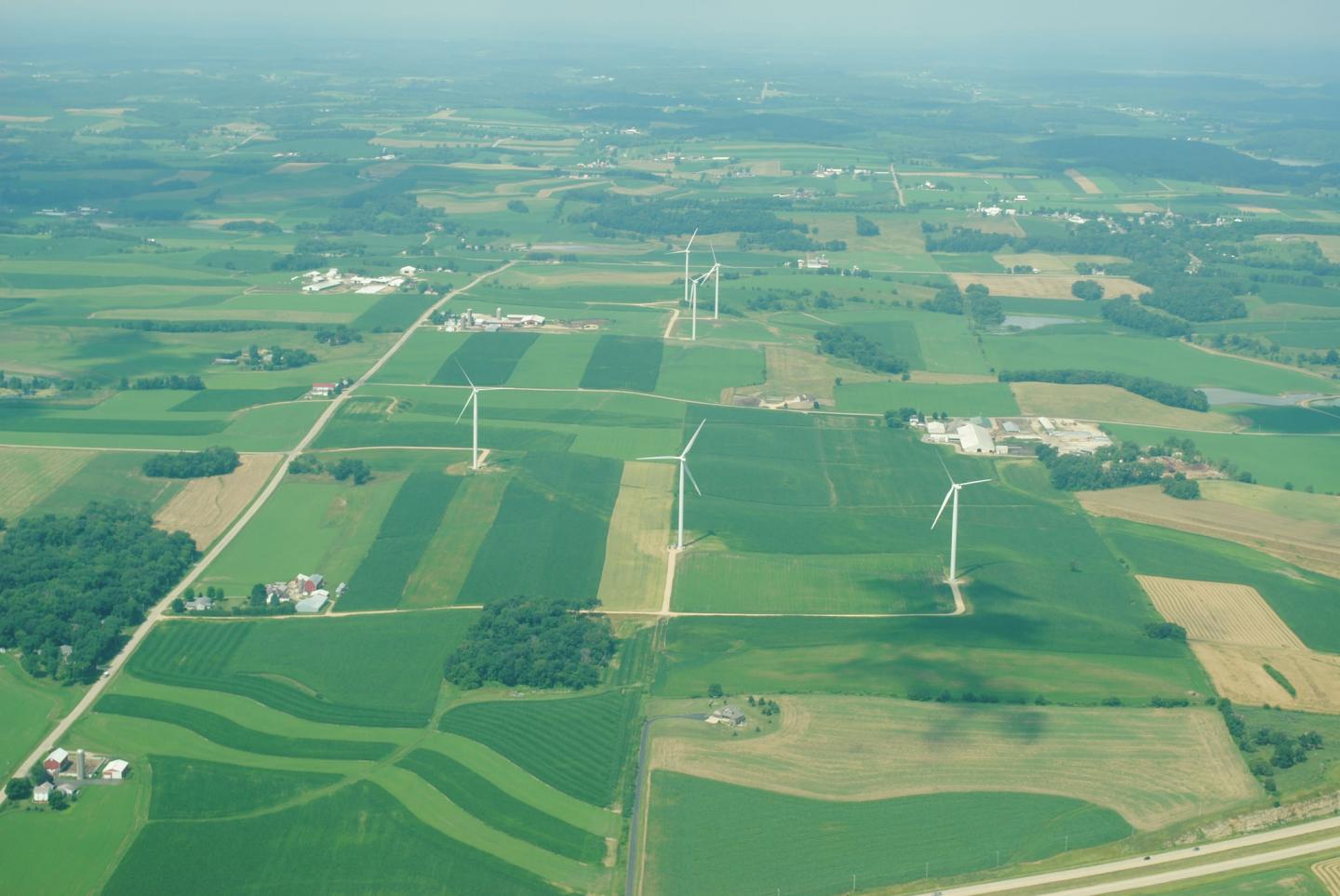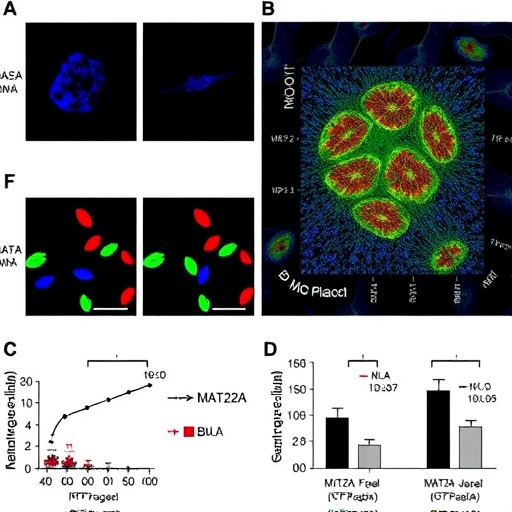
Credit: UW-Madison Water Sustainability and Climate project
MADISON, Wis. – For decades, phosphorous has accumulated in Wisconsin soils. Though farmers have taken steps to reduce the quantity of the agricultural nutrient applied to and running off their fields, a new study from the University of Wisconsin-Madison reveals that a "legacy" of abundant soil phosphorus in the Yahara watershed of Southern Wisconsin has a large, direct and long-lasting impact on water quality.
Published March 13 in the journal Ecosystems, the study may be the first to provide quantifiable evidence that eliminating the overabundance of phosphorus will be critical for improving the quality of Wisconsin's lakes and rivers.
For example, the results indicate that a 50 percent reduction in soil phosphorus in the Yahara watershed's croplands would improve water quality by reducing the summertime concentration of phosphorus in Lake Mendota, the region's flagship lake, by 25 percent.
"If we continue to apply phosphorus at a greater rate than we remove it, then phosphorus accumulates over time and that's what's been happening over many decades in the Yahara watershed," says Melissa Motew, the study's lead author and a Ph.D. candidate in the UW-Madison Nelson Institute for Environmental Studies.
Phosphorus seeps into soils primarily by way of fertilizer and manure, and what crops and other plants don't use to grow then leaks into waterways with rain and snowmelt runoff. Scientists have long believed that excess soil phosphorus is a culprit behind the murky waters and smelly algal blooms in some of Wisconsin's lakes and rivers.
Conventional efforts, like no-till farming and cover crops, have tried to address nutrient runoff by slowing its movement from soils to waterways. However, the study shows that simply preventing runoff and erosion does not address the core problem of abundant soil phosphorus, and this overabundance could override conservation efforts.
"Solutions should be focused on stopping phosphorus from going onto the landscape or mining the excess amount that is already built up," says co-author Christopher Kucharik, a professor of agronomy and environmental studies at UW-Madison.
###
READ MORE AT http://news.wisc.edu/study-quantifies-role-of-legacy-phosphorus-in-reduced-water-quality/
-Jenny Seifert, [email protected], 608-512-6259
Media Contact
Melissa Motew
[email protected]
608-265-0572
@UWMadScience
http://www.wisc.edu
############
Story Source: Materials provided by Scienmag





